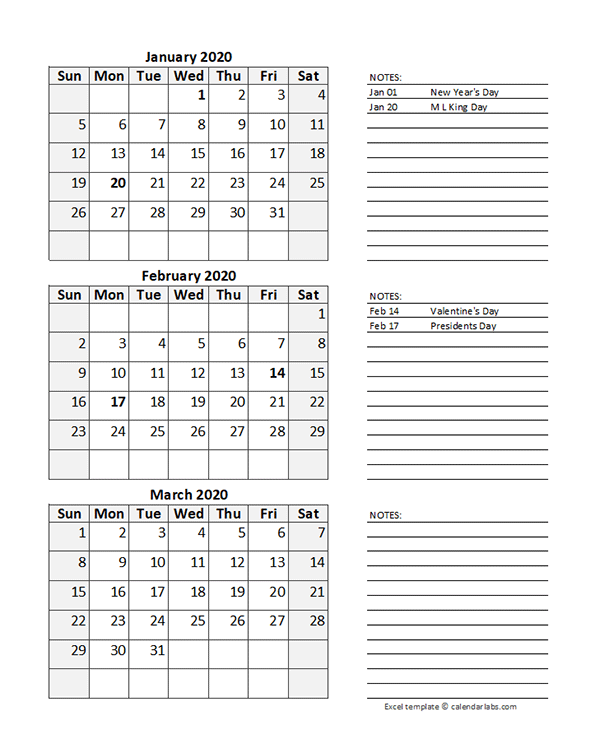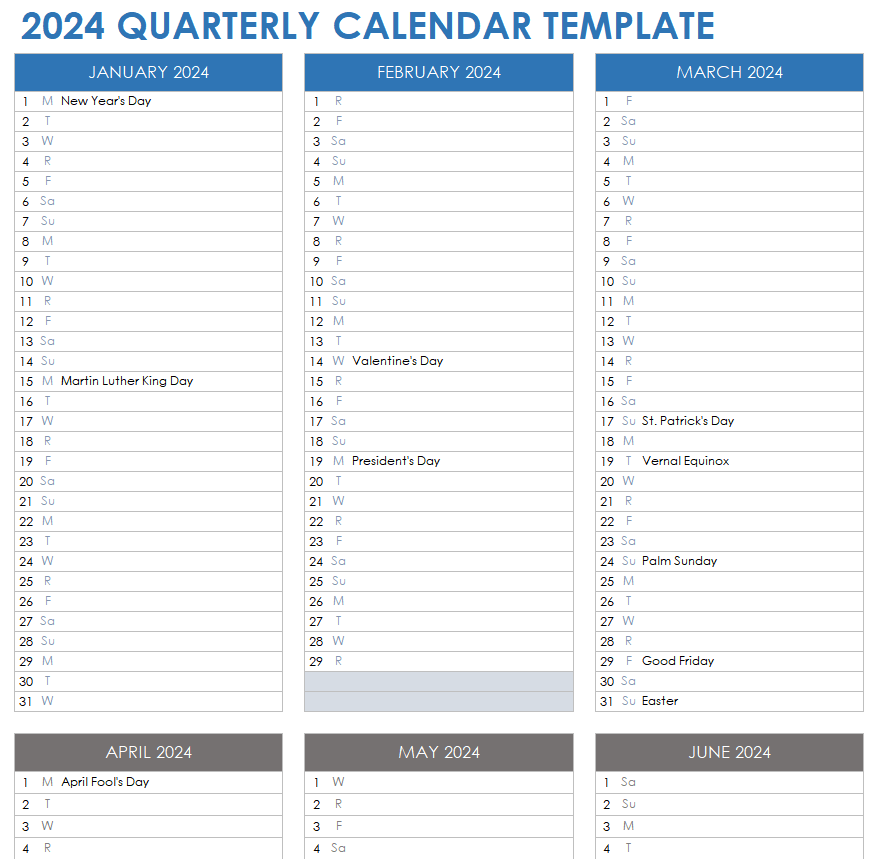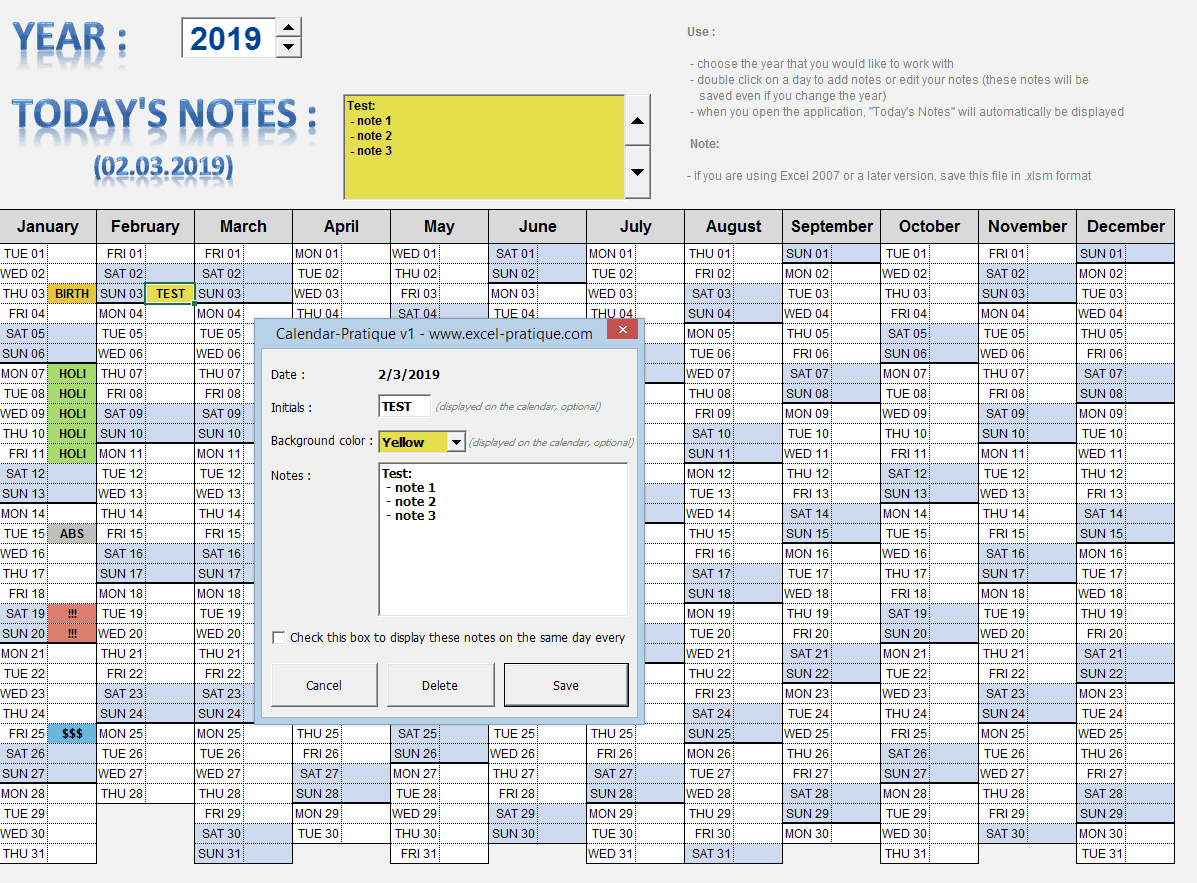Extracting Quarters from Dates in Excel: A Step-by-Step Guide
Table of Contents
- Pin on Calender & Planner Template
- 8 Excel Quarterly Calendar Template - Excel Templates
- 14 Quarterly Calendar Template Excel - Excel Templates
- 2020 Excel Calendar Quarterly Spreadsheet 13 | PDF | Observances
- Excel Quarterly Calendar Template
- Cara Membuat Kalender di Microsoft Excel Inwepo
- Excel Spreadsheet 2020 Excel Calendar Template
- Excel Quarterly Calendar Template
- Calendar Week Formula Excel Month Calendar Printable Images
- Perpetual Calendar Excel ⋆ Calendar for Planning



Understanding the Problem



The Formula: Get Quarter from Date



How the Formula Works
Let's break down the formula further: `MONTH(A1)` extracts the month from the date in cell A1. For example, if the date is January 15, 2022, the `MONTH` function returns 1. `MONTH(A1)/3` divides the month by 3, which gives you a value between 0 and 4. For example, if the month is January (1), the result would be 0.33. `ROUNDUP(MONTH(A1)/3,0)` rounds up the result to the nearest whole number, which gives you the quarter. In this case, the result would be 1, indicating the first quarter.
Example Use Cases
Extracting the quarter from a date has numerous applications in Excel, including: Creating quarterly reports and dashboards Analyzing sales data by quarter Visualizing quarterly trends and patterns Performing data analysis and forecasting In conclusion, extracting the quarter from a date in Excel is a straightforward process using the formula `=ROUNDUP(MONTH(A1)/3,0)`. By following this guide, you'll be able to easily extract the quarter from any date in Excel, making it easier to analyze and visualize your data. Whether you're working with sales data, financial reports, or any other type of data, this formula will become an essential tool in your Excel toolkit. Thanks to Exceljet for providing this useful formula, and we hope this article has helped you to get the most out of it.Keywords: Excel, formula, get quarter from date, Exceljet, date extraction, quarterly data, data analysis, reporting, dashboard, sales data, financial reports.